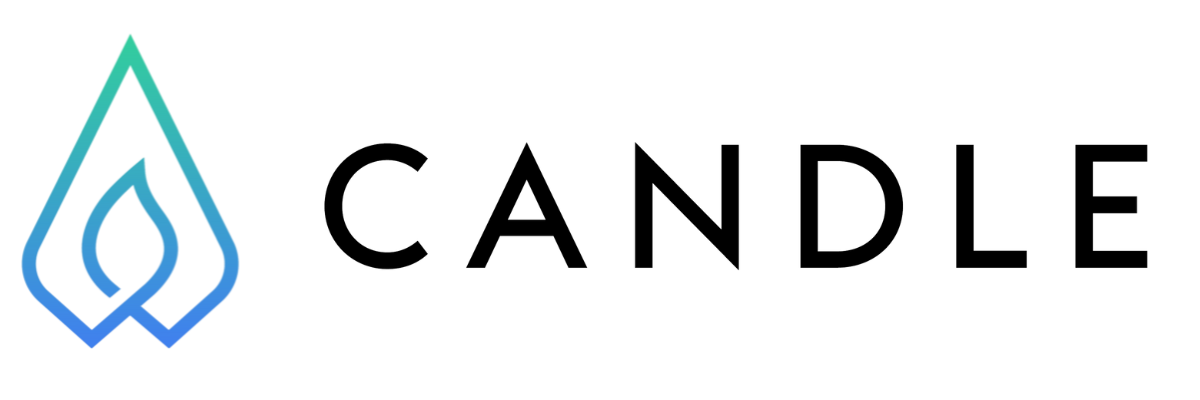In an increasingly digital world, recruiting and hiring have undergone significant transformation. The Applicant Tracking System (ATS) has become essential in the modern job marketplace. And while they present many advantages to the modern recruiter in managing job applications and candidates, they are not without issues.
Advantages of Applicant Tracking Systems
Efficiency and Time-savings
One of the most significant advantages of an ATS is its ability to streamline the hiring process. An ATS can sort, scan, and rank job applications based on selected keywords or qualifications, significantly reducing HR departments’ time manually reviewing applications. This is particularly useful when dealing with large volumes of applications for remote positions, which often attract a global pool of candidates.
Standardization and Fairness
ATS systems can reduce unconscious bias and promote fairness in the hiring process. By using predefined criteria to screen candidates, ATS can ensure that each applicant is evaluated based on the same qualifications, regardless of their geographical location or personal background. This makes the process more equitable, particularly for remote applicants scattered across different regions and time zones.
Potential Cost Savings
For companies, using an ATS can lead to cost savings. Automating administrative tasks such as resume screening, interview scheduling, and communication with candidates reduces the need for extensive HR personnel, reducing costs. In addition, an efficient hiring process can decrease the time a position remains vacant, which can also save money.
Disadvantages of Applicant Tracking Systems
- Limitations in Recognizing Soft Skills and Potential: While an ATS is excellent at scanning for keywords and qualifications, it often needs help to evaluate soft skills and potential. Unlike human recruiters who can perceive subtleties and potential in candidates, ATS are limited to the information provided in the application. This is a significant disadvantage, especially in remote work, where soft skills like communication, adaptability, and self-motivation are crucial.
- Inaccurate Screening: An ATS may sometimes reject qualified candidates if their resumes don’t contain the exact keywords the system is programmed to look for. This is known as the “black hole” of resumes, where potentially strong candidates are overlooked due to minor issues in keyword matching. This can be particularly problematic for remote applicants, who often rely on their resumes to make a good first impression.
- Technical Issues and User Unfriendliness: ATS platforms can be challenging for employers and applicants. For employers, setting up and maintaining the system can be complex. On the other hand, applicants often need help navigating the system or optimizing their resumes for ATS platforms. This can lead to frustration and a potential loss of high-quality remote candidates who may choose to abandon the application process.
Evaluating an ATS
Whether your organization determines to implement an ATS is ultimately a decision based on numerous considerations.
These may include:
- Company Size: The size of your company will determine the features and functionality you need in an ATS. For example, a small business may only need a system with a few features as a large enterprise.
- Recruitment volume: The number of job openings you have each year will also affect the features you need in an ATS. You will need a system that can handle many applications and candidates if you have a high recruitment volume.
- Budget: The cost of an ATS can vary depending on the features and functionality you need. It is important to set a budget before you start shopping for an ATS.
- Integrations: If you use other HR or recruiting software, you must ensure the ATS you choose can integrate with those systems. This will help you avoid duplicating data entry and keep your information in sync.
- User-friendliness: The ATS you choose should be easy for both recruiters and candidates. This will help ensure the hiring process is efficient and smooth for everyone involved.
- Reporting: The ATS you choose should provide you with the reporting features you need to track your hiring process and make data-driven decisions. This will help you to improve your recruiting results over time.
- Customer support: The ATS you choose should offer excellent customer support. This will help you to resolve any issues you may have with the system and get the most out of it.
Additional Resources
To help you discover the many ATS systems out there, here are a few links to start you out:
- G2’s Applicant Tracking Systems Search
- Capterra’s Applicant Tracking Software Buyer’s Guide
- Software Advice’s ATS Comparison
Final Thoughts
ATS platforms play a pivotal role in today’s job-seeking world. While they offer significant advantages in efficiency, standardization, and cost-effectiveness, they also have drawbacks, including limitations in recognizing soft skills and potential, inaccurate screening, and technical difficulties.
As the world continues to embrace remote work, it will be essential for companies to balance the use of ATS with human judgment and intuition to ensure they attract and hire the best talent.
What do you think?
What do you think of the modern ATS? Is it a help or a hindrance to the recruiter or applicant? Leave us a comment and let us know your thoughts.







